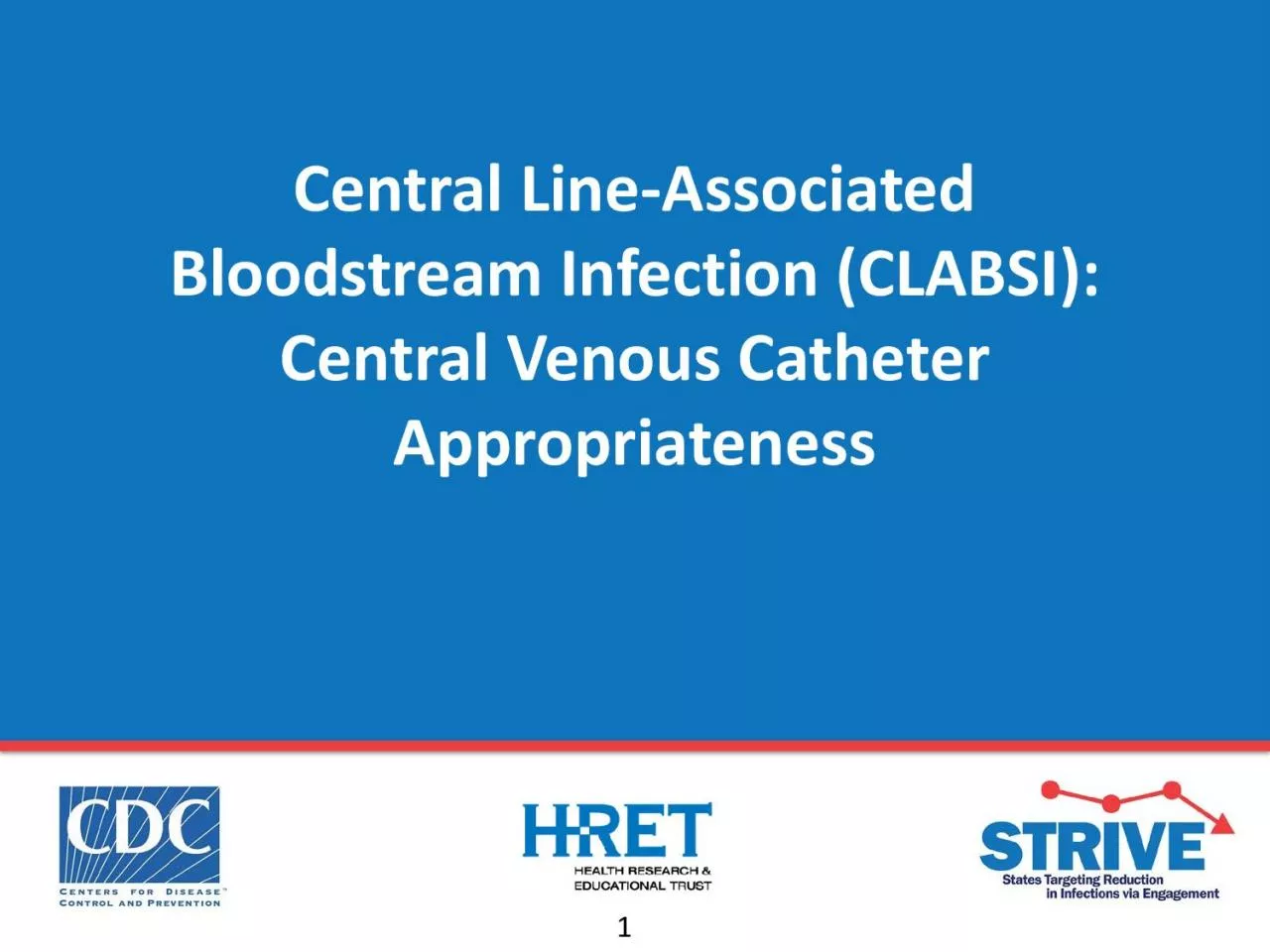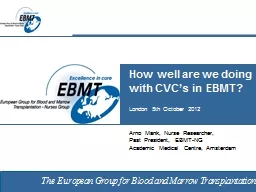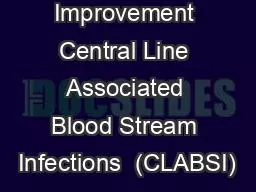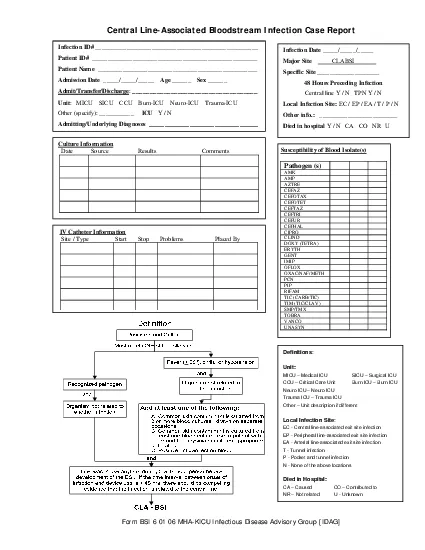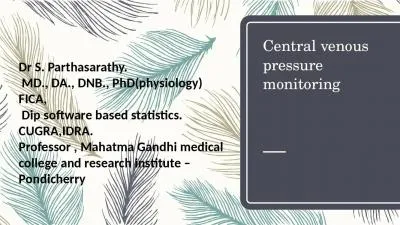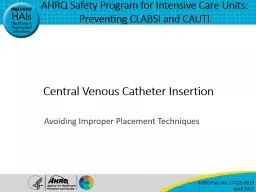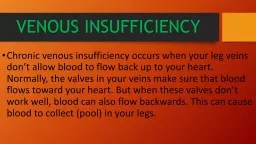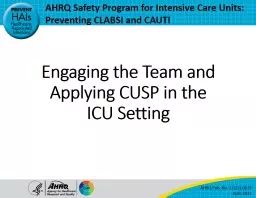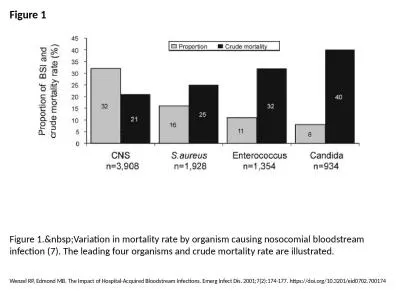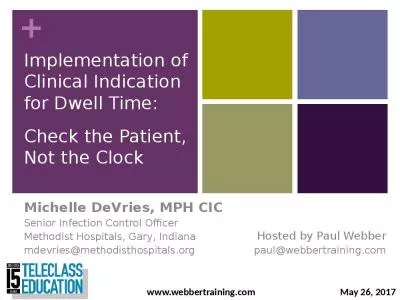PDF-Central LineAssociated Bloodstream Infection CLABSI Central Venous
Author : danya | Published Date : 2022-08-21
1 PresenterPayal Patel MD MPHInfection Diseases Physician and Assistant ProfessorUniversity of MichiganMedical Director of Antimicrobial StewardshipAnn Arbor VA
Presentation Embed Code
Download Presentation
Download Presentation The PPT/PDF document "Central LineAssociated Bloodstream Infec..." is the property of its rightful owner. Permission is granted to download and print the materials on this website for personal, non-commercial use only, and to display it on your personal computer provided you do not modify the materials and that you retain all copyright notices contained in the materials. By downloading content from our website, you accept the terms of this agreement.
Central LineAssociated Bloodstream Infection CLABSI Central Venous: Transcript
Download Rules Of Document
"Central LineAssociated Bloodstream Infection CLABSI Central Venous"The content belongs to its owner. You may download and print it for personal use, without modification, and keep all copyright notices. By downloading, you agree to these terms.
Related Documents

